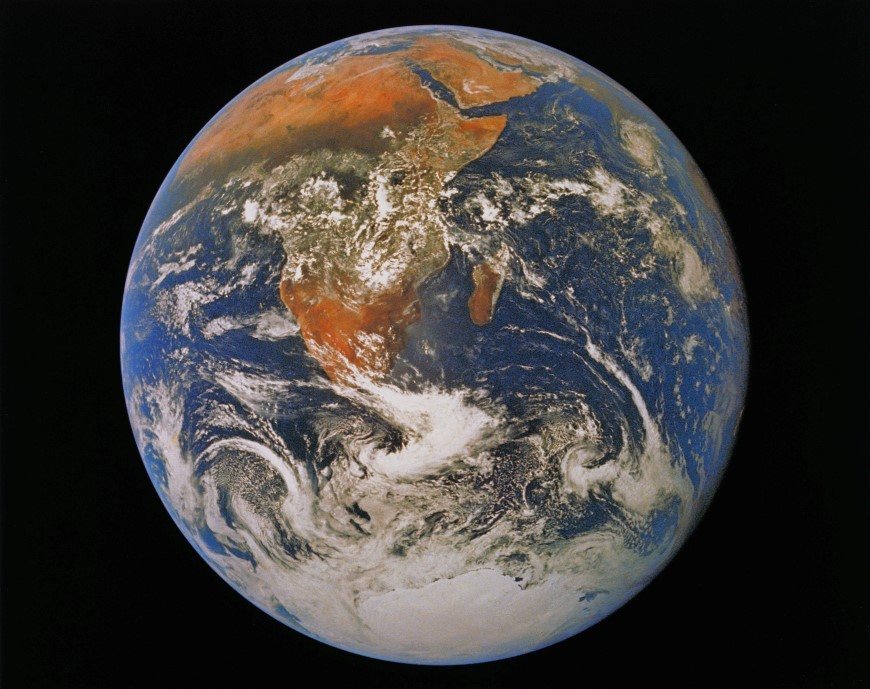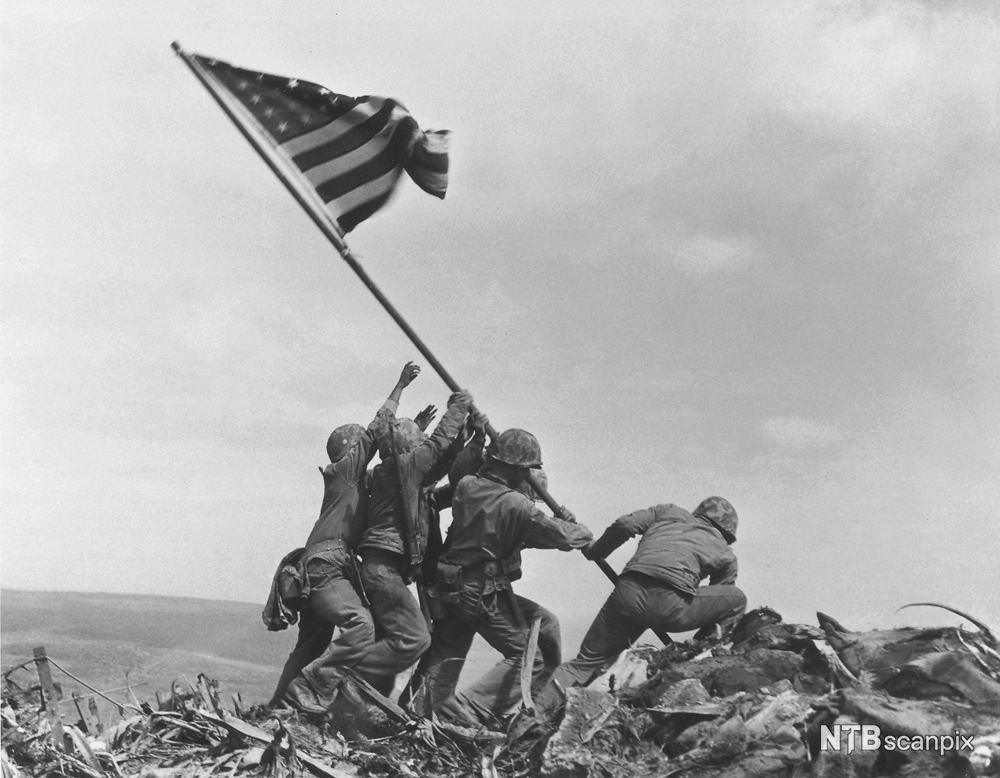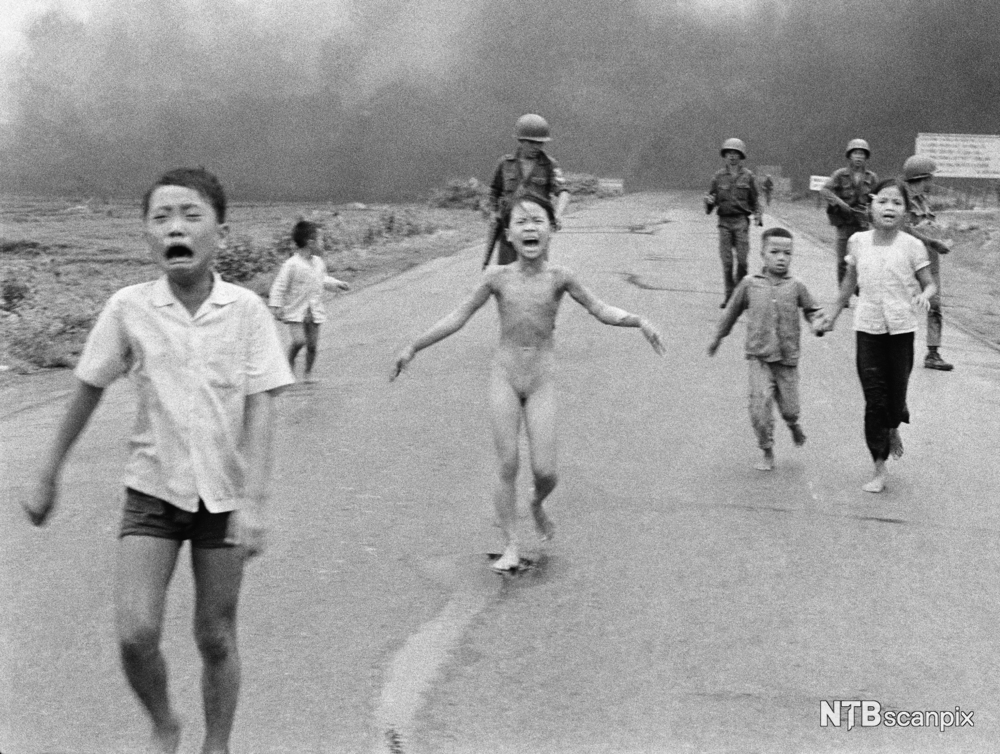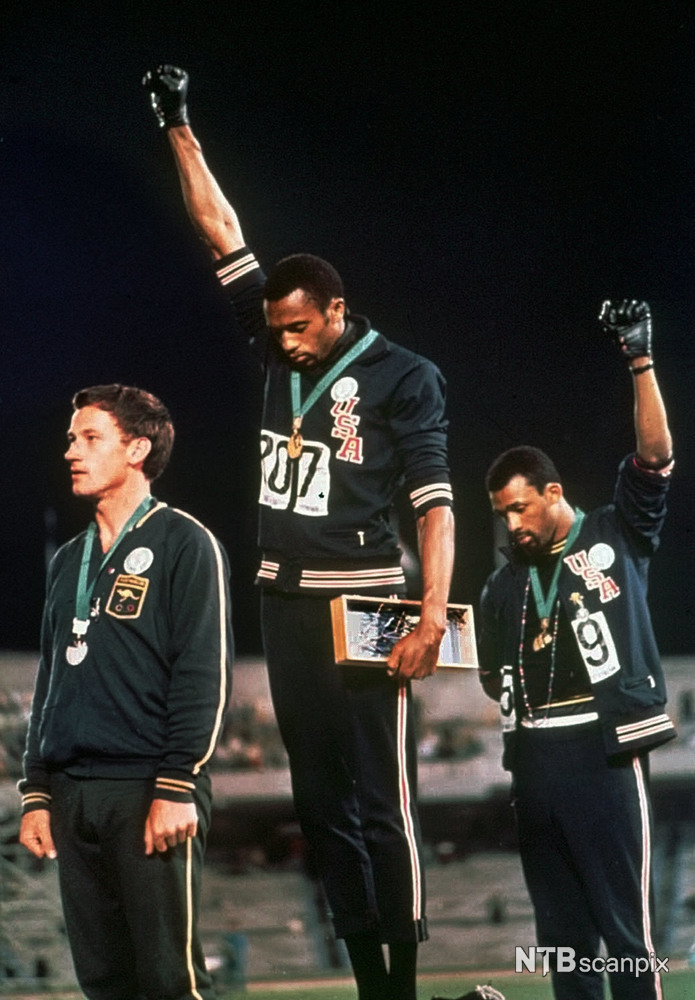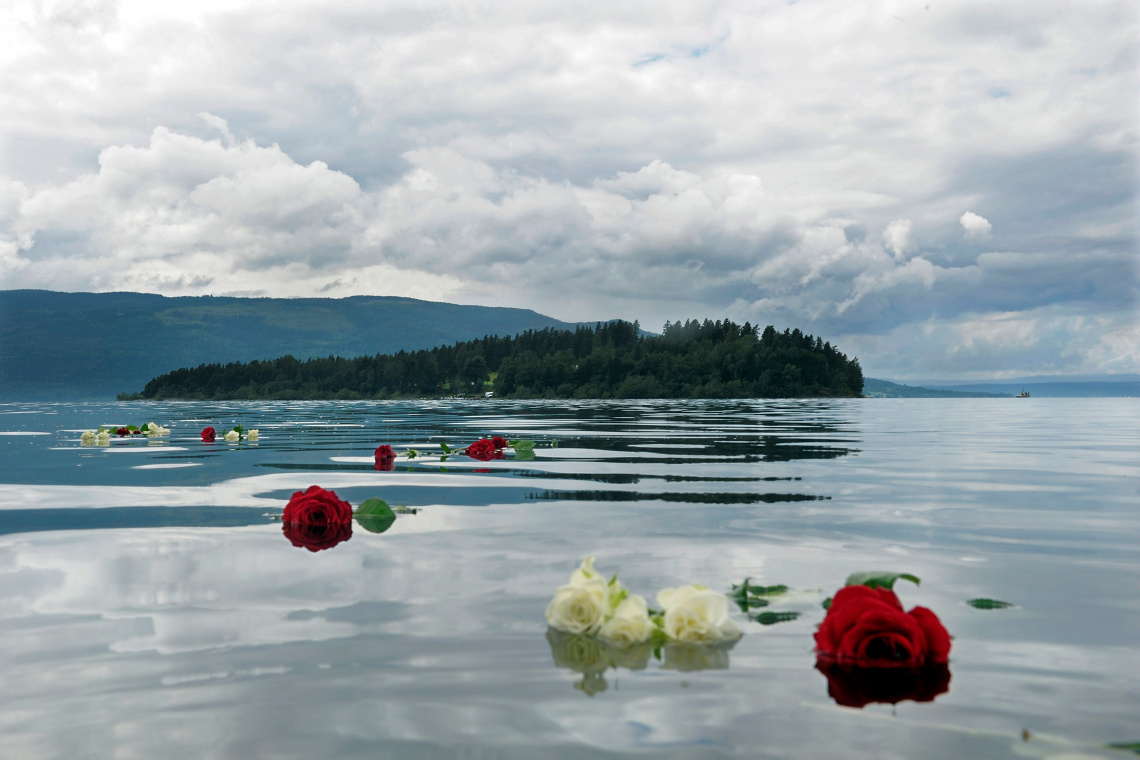Outdoor exhibition: Iconic images

Installation photo (photo: Ingri Østerholt/Preus museum)
Welcome to an outdoor exhibition that you can experience strolling around beautiful Karljohansvern!
What is an iconic image? Is it an image that provoces us? An image that forces us into some kind of emotional state? Inspires, or enchants? There may not be such a simple definition of an iconic image.
Icon is Greek for "image". In the orthodox church the word was early used as an image that represented Jesus, Maria or the Apostles. Today we use the word for a particular image. An image so catching that we remember it, and therefore is so connected to a special incident that it can represent the incident itself.
In this exhibition we have selected a number of photographs that most will agree as iconic from the definition above. There are pictures that point to important events in the world and important events in Norway.
Click on the pictures to read about each picture
Do you agree that these images have the power to elevate the story behind the image?
Does everyone immediately understand when you see the pictures what they are really telling?
To what extent is the perception of icons culturally conditioned?
Do images lose their iconic power over time, as the situation they refer to is no longer so central to our consciousness?
The use of these images is important for them to retain their power. Which images do you think have the greatest chance of remaining icons?
